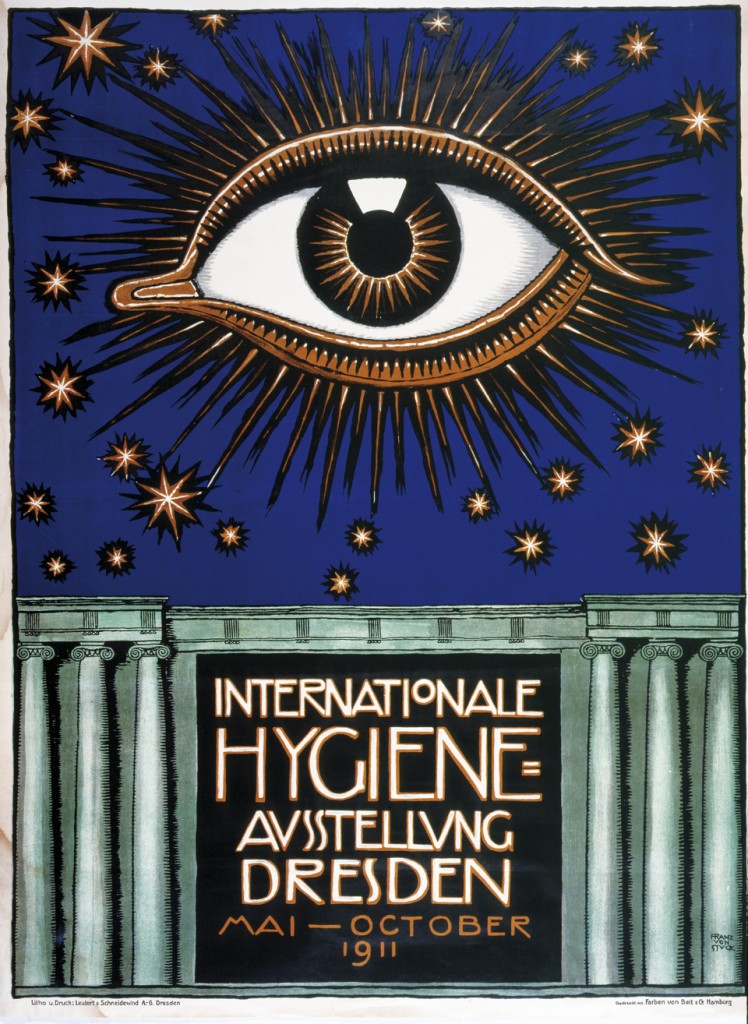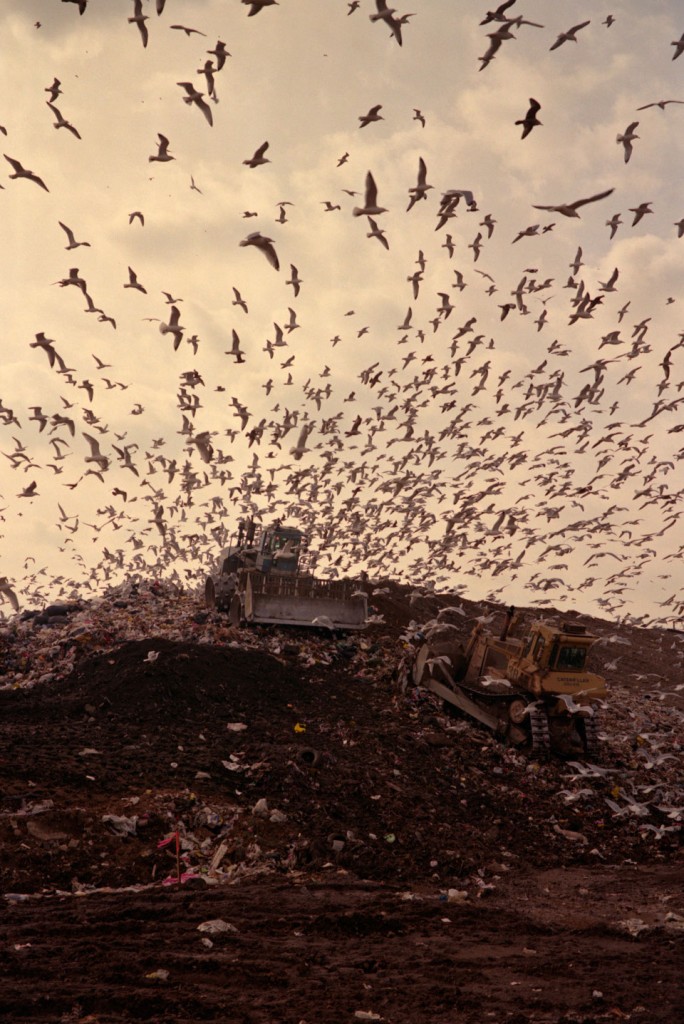Dust, microbes and soil might not be the first thing that springs to mind when you think about what goes into a great exhibition. Yet, you can trust the Wellcome Collection to turn what we try to ignore or get rid of into fascinating displays guaranteed to yield tidbits of scientific information that make for perfect dinner party conversation. Dirt. The Filthy Reality of Everyday Life, the exhibition currently found at the stately home of the Wellcome Trust on Euston Road is just that and more.

Structured around different contexts, a mix of works of art, artifacts, documents and interpretive text provide a comprehensive history of our fraught relationship to dirt. Starting with The Home as seen through the prism of 17th century Netherlands. Fantastic paintings illustrate the Dutch housewives devotion to strict cleaning rituals that were thought to protect the moral virtues of the domestic realm. This coincided with scientists of the time first seeing bacteria.
Step outside the home and you will find the streets, more specifically the cholera infested streets of 19th century London. This is a rare opportunity to see John Snow’s map charting the course of the outbreak and fantastic prints demonstrating the devastating effects of the illness.
From the street, we are taken to the Glasgow Royal Infirmary where Joseph Lister first established that antiseptic measures had a positive effect on the recovery rate of his patients. Lister’s own scientific instruments are on display in a vitrine next to an eerie diorama of his ward. Even more disquieting is the Hygiene Museum erected in Dresden in 1930 to provide popular health education. A few years later, the Nazi party co-opted and perverted the well intentioned initiative. This is followed by The Community, more precisely New Dehli and Kolkata where hard labour compensates for the absence of proper sewage. Finally, the Land takes us to the future of Staten Island, the largest municipal landfill in America which is to be transformed into a public park by 2030.

Well curated, well researched and incredibly informative without being – lets say it – boring, this free exhibition is well worth a look. Just be warned, after contemplating all that dirt, you might be plagued by the unusual urge to give your flat a good scrub.
(you still have more than a month left to visit “Dirt” for free @ London’s Wellcome Collection)













